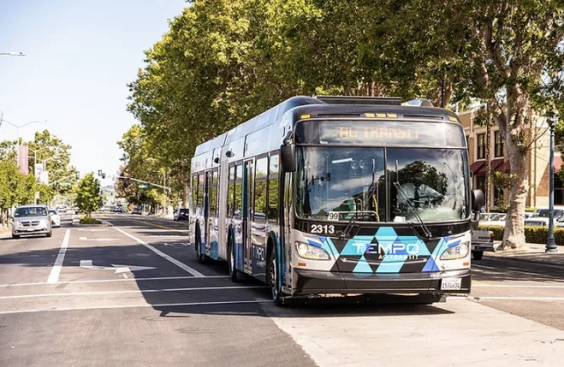UPDATE 1/5/12: Corrects the Congressional district outline.
At a recent meeting of the city council in Celina, Ohio, members considered a request to extend sewer lines to six homes that are currently outside the city’s boundaries. Extending the sewer line 800 feet to the houses would cost the city $40,000. A new water line was under discussion as well, doubling the cost.
The homeowners would supposedly pay back the amount in five years. That would amount to a monthly payment of more than $220 per household, without interest. But in cases like these, the beneficiaries of new utilities rarely pay the full cost.
For a place that’s on the forefront of a heavily-subsidized brand of taxpayer-funded suburban sprawl, Celina is steeped in the kind of conservative politics that generally eschews government subsidies.
Celina sits on the boundary between two of the most conservative Congressional districts in the state of Ohio. Downtown Celina is represented by none other than House Speaker John Boehner, who has been the face of the movement to cut government spending. He’s made it clear that he thinks transportation means highways (not bike lanes) and has been only too happy to slash transportation spending (unless he can get the green light for oil drilling by raising it.)
He’s not as conservative, though, as Rep. Bob Latta, who represents the area just north of Celina, including the six homes that want sewer and water service. Latta is the son of Delbert Latta, who represented the area for 30 years and pushed for Amtrak service in his district. But his son has voted to cut public support for Amtrak, while pushing for oil drilling in the Alaska National Wildlife Refuge in order to lower gas prices. He was late to support the 3-C passenger rail service in Ohio, though he eventually did.
And Latta is probably not as conservative as Rep. Jim Jordan, whose district starts slightly east of Celina. Jordan, the head of the far-right Republican Study Committee, proposed a spending-cut bill last year that would have cut $6.5 billion from transportation subsidies, mostly for transit. And he wants to eliminate subsidies for Amtrak altogether.
How do conservative voters and politicians square their hatred for government subsidies with their city-shunning sprawl patterns that suck the lifeblood out of local governments – and taxpayers? Outward sprawl forces jurisdictions to keep building new roads and schools and to extend emergency services farther and farther afield. Sprawl induces driving and leads to more public pressure to expand roads — a vicious circle of new development and new roads. Even in rural areas, one lane mile of new road can cost up to $9 million [PDF].
Read more...





